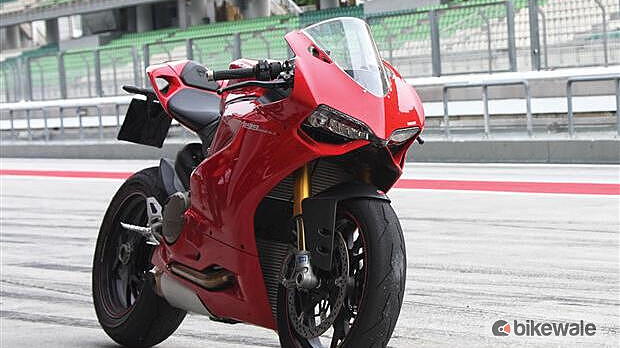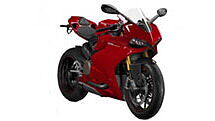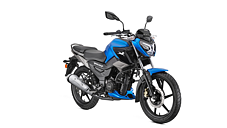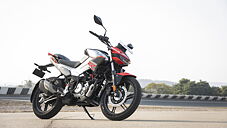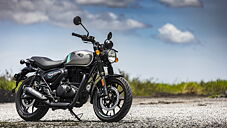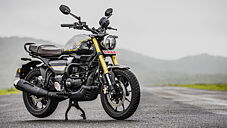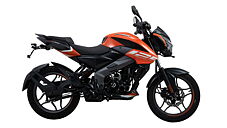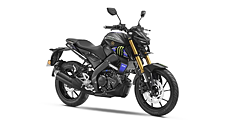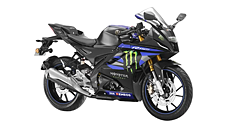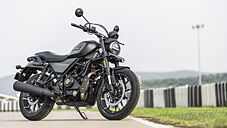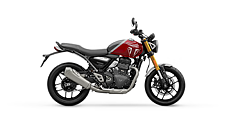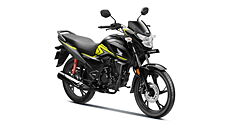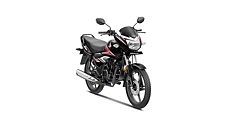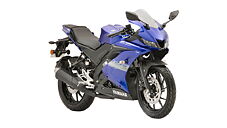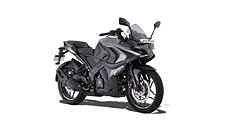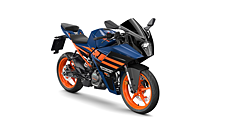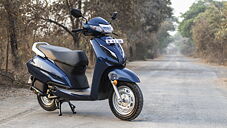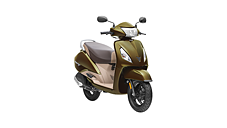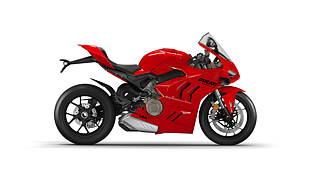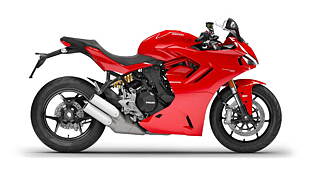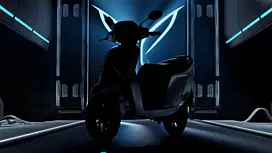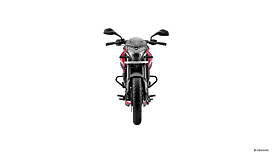Introduction

Yes, it is red. And, it is electrifying. But, even after having ridden it at Sepang, we just can’t seem to have enough of the Ducati Panigale. Here’s what it feels like.
There's no scream, no shriek, no high pitch pandemonium; just a very loud, deep and angry roar that fi lls up the main straight between the grandstand and the paddock, as if it was a tiny studio apartment. The sight is even more overbearing. Flat out with the throttle pinned, the Ducati Panigale is approaching the end of the main straight. It streaks past the 200m mark and then the 150m board, but the brakelights don't come on.
By now I am sure, the rider and the Panigale can't make the tight right hander that follows,and are bound to end up in the crash barrier. But just then, the Ducati's LED brake lights light up. There's a lot of tyre noise too as the rear 200 section Pirelli slides rapidly away from the corner. This, though, isn't an out of control panic reaction; it’s a well choreographed dance that's leading the bike into a tighter line for the right hand corner.
Within a blink of the eye, the slide ends, and the Panigale drops ferociously into the corner and disappears from my view. Now that's drama. And to be honest, the Panigale is one hell of a dramatic motorcycle. It is one of the fi nest superbikes we have ridden, and to see its full fury at the Sepang circuit at the hands of three-time World Superbike Champion, Troy Bayliss, was a sight to behold.
Actually, even when standing still, the Panigale looks stunning. You end up staring at it for hours. And when you do, you realise the superb attention to detail on the bike that makes it even more exotic. There's the beautifully sculpted tail piece, the angry headlamps, the side mounted rear suspension and the single-sided swingarm holding the lovely three spoke forged alloy besides the various wonderfully machined and finished bits that just make you go weak in the knees. It truly is a visual delight.
The Drive

But, nothing prepares you for what follows after the bike is fired up. Of course, the noise is typically Ducati; it’s loud, unrefined and it fails to settle into a rhythm. Surprisingly, when seated the Panigale feels quite manageable, almost comfortable even. Now don’t get me wrong, the seating ergonomics is properly racy; it has a hard seat, low-set handlebars and footpegs that are properly rearset and high. But, the handlebar is wide and the footpegs positioning isn't ridiculously intense that has your knees touching your ears.
Most of all though, the Panigale feels light and nimble when on the move. One can amble around on it without struggle or pain and there’s decent grunt in the mid range even below 6000rpm to keep riding interesting. Also, the throttle is light and smooth and even though it’s very alert in its response, it’s not jerky. But, get the rev counter to push past 7000rpm and the Panigale begins to show its true colours.
Exiting onto the back straight at Sepang, I opened the throttle a tad early, and a whole lot more than I should have, laying complete trust in the bike’s electronics. And, as expected the computer ensured there wasn’t any dramatic slide under power, just a twitch. Mind it, I was riding in the Sport mode. In Race mode, with much less electronic interference, I would have certainly highsided bad enough to break a few things... including the bike. There's also a Wet mode by the way, which cuts the power down quite dramatically and is absolutely no fun.
Getting back to the corner exit, as the bike straightened up it shot ahead with such inexplicable force that all I could do was to hang on to the bars. And, it wasn’t easy, not with the front end rising. Soon enough though, without much of my help, the Ducati had sorted itself and was back on two wheels, but charging ahead relentlessly. The last time I dared looked down before hunting for a braking marker; I was fl ying past 230kmph. Not sure exactly where I should be braking, I misjudged, and left it a little too late.
It was time again to lay faith in the bike as I squeezed the brake lever as hard as I dared only to realise later, I had come on the brakes way sooner than I could have. And that’s the thing with the Panigale; it's blindingly fast but it doesn’t bite you. There’s no abruptness to it and it is so capable that you always fi nd something in reserve to bail you out from a situation you thought was completely lost.
Verdict
Verdict
If not the best, the Pannigale is easily among one of the best superbikes in the market today. It’s beautiful to look at; it’s not hugely uncomfortable; and it is dynamically so well sorted that whether you are Troy Bayliss or an average rider, the Pannigale proves to be greatly entertaining to ride. It’s a bike that both overwhelms and cheers you up every time you swing a leg over. Mostly though, you just can’t have enough of it.
Gallery
1/7
Double Tap to Zoom








